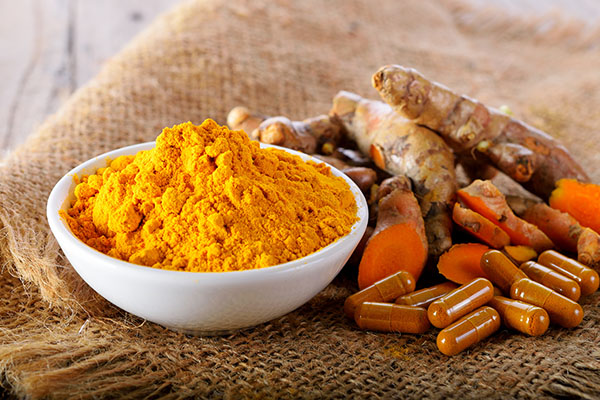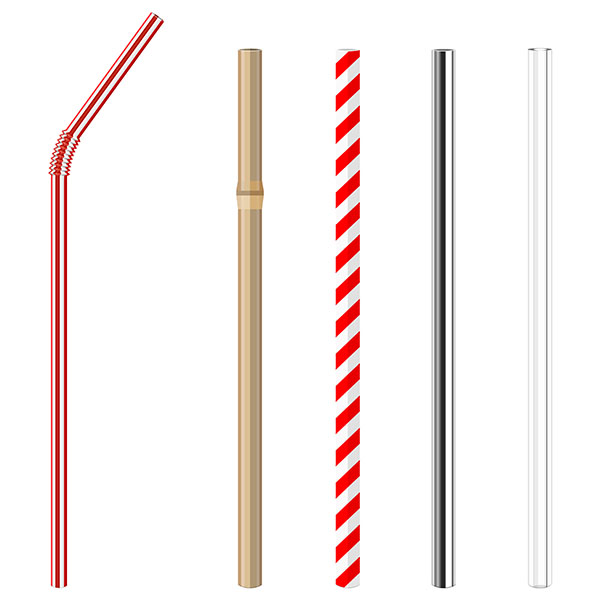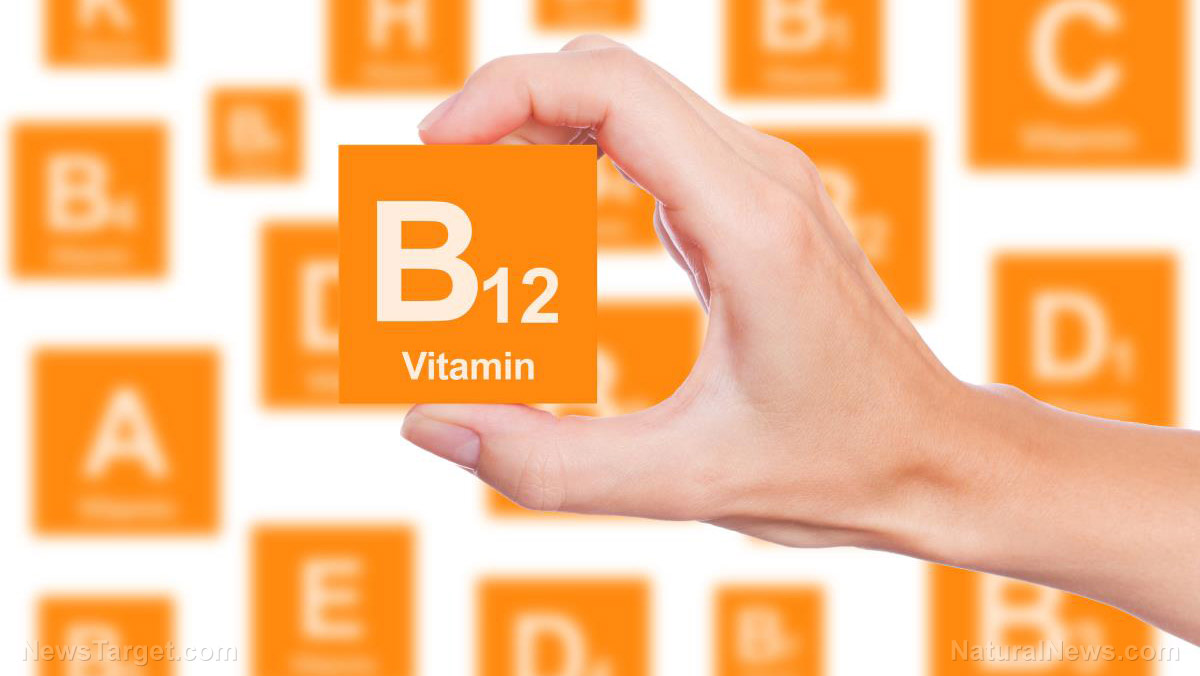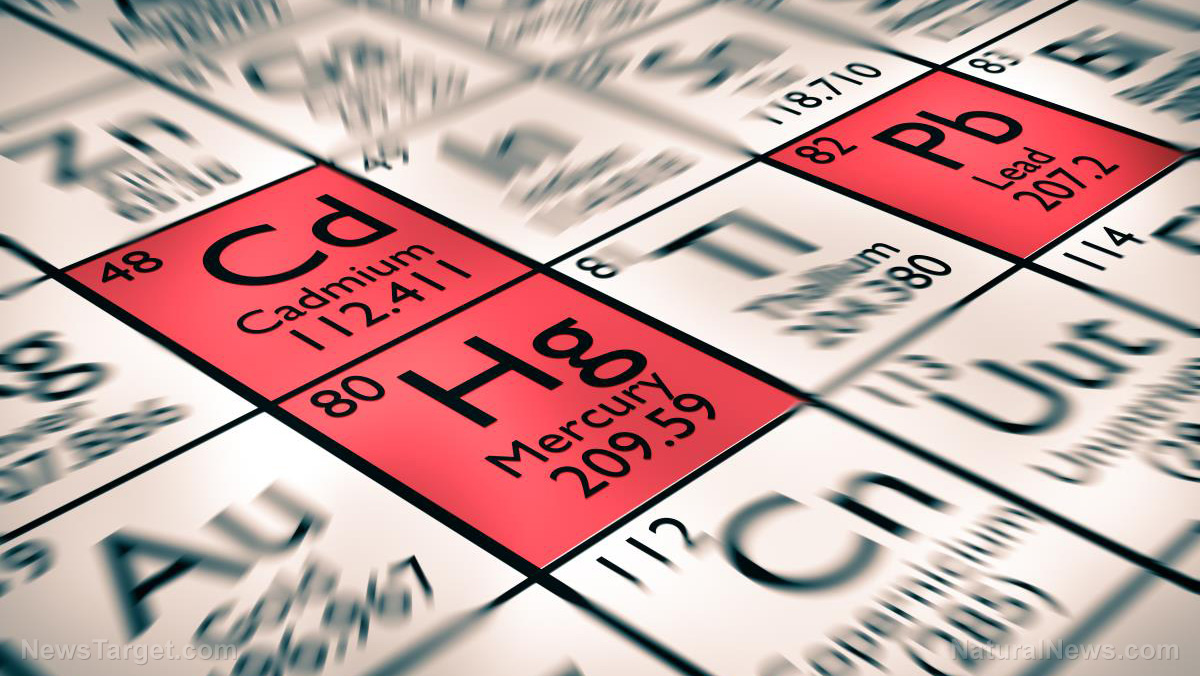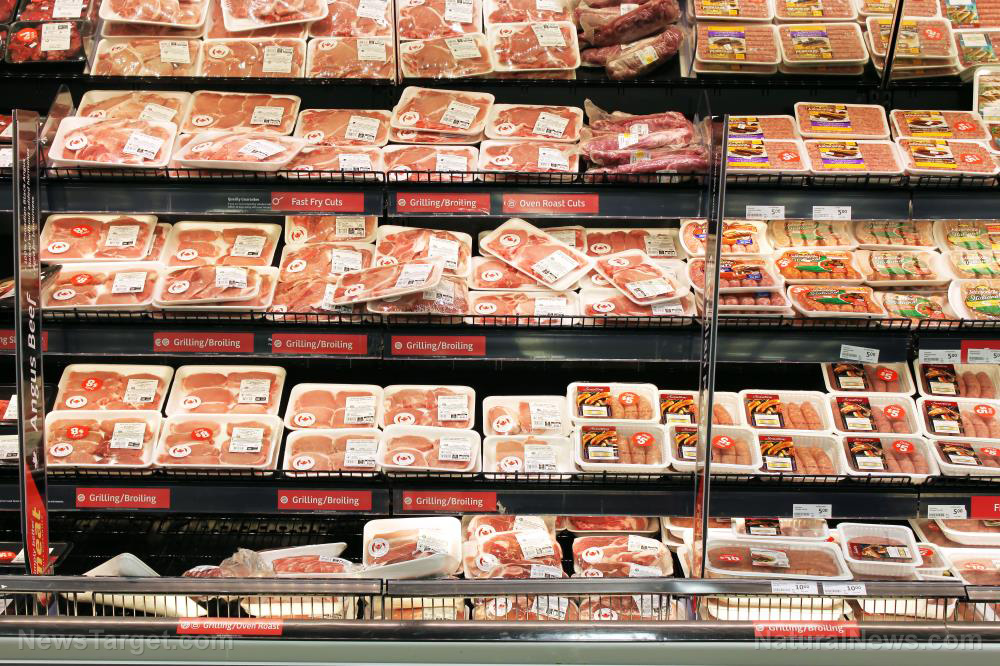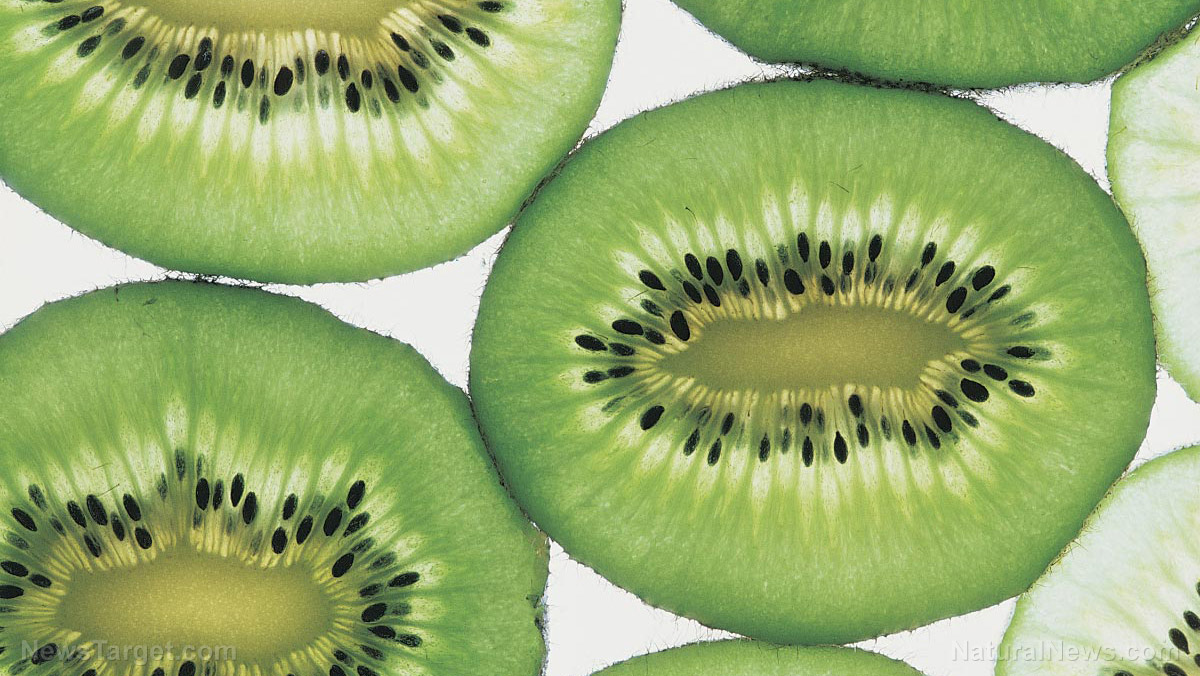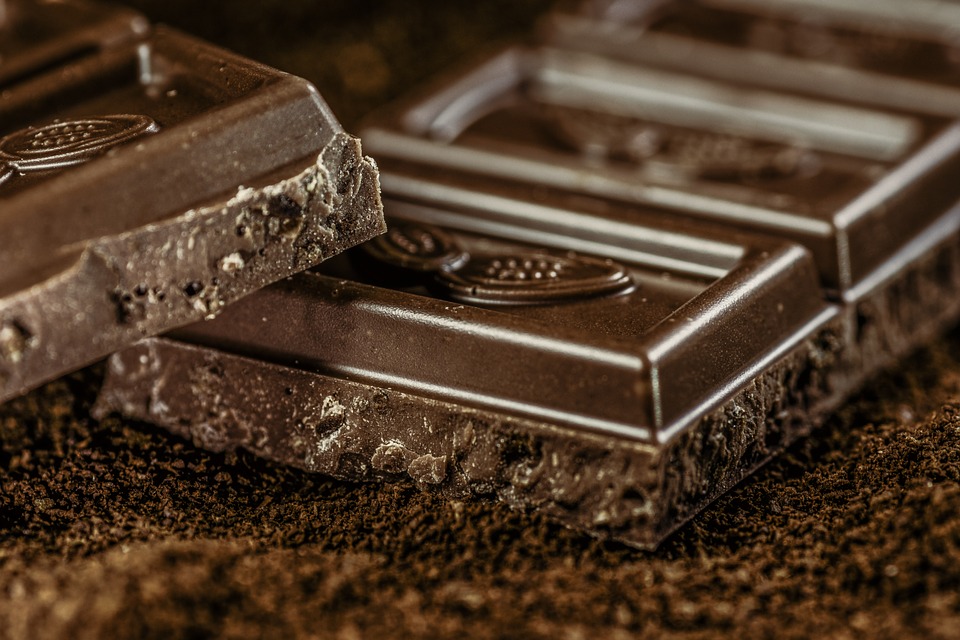10 Vegetables to eat if you’re on a low-carb diet
08/31/2023 / By Evangelyn Rodriguez
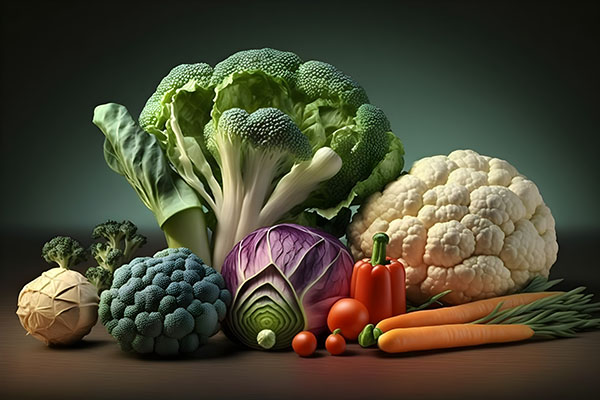
Low-carbohydrate diets are some of the most popular diets for reducing weight and managing blood sugar levels. According to studies, reducing your carbohydrate intake also provides additional benefits such as lowering your blood triglyceride levels and increasing your high-density lipoprotein (HDL), or good cholesterol, levels.
The idea behind low-carb diets is simple: Carbohydrates are one of the three energy-giving nutrients your body needs. As your body’s preferred energy source, carbohydrates are broken down as needed or converted into fats and stored in your muscles and liver for later use. When you decrease the amount of carbohydrates you consume, you force your body to use alternative sources of energy, such as protein and stored-up fats. This is what contributes to weight loss and some of the other benefits associated with a low-carb diet.
Healthy low-carb diets and their proven benefits
There are several types of low-carb diets that you can choose from. Each comes with its own recommendations regarding the amount of carbohydrates you’re allowed to consume. For example, the ketogenic diet is a low-carb eating pattern that restricts carb intake to less than 10 percent of your total calories, or about 20 to 50 grams (g) of carbs, per day. In place of carbs, the diet encourages consumption of high amounts of fat and moderate amounts of protein.
Research suggests that a keto diet, when done right, can not only promote weight loss but also help improve insulin sensitivity, blood pressure and blood cholesterol and triglyceride levels. For maximum benefit, keep your consumption of fatty cuts of meat and processed foods to a minimum and opt for healthier plant-based fat sources, such as nuts, seeds, avocados, olive oil and oily fish, which are great sources of omega-3s.
Like the keto diet, the Atkins diet puts emphasis on eating more fatty and protein-rich foods than carbs. The diet’s aim is to balance your intake of carbohydrates, protein and fats for optimum weight reduction and maintenance. Although during the induction phase, the Atkins diet will have you cut down your net carb intake to just 20 g per day, it will eventually allow you to increase your intake to no more than 100 g a day.
Beyond weight loss, studies show that the Atkins diet can also help with acid reflux, acne, headaches and narcolepsy. It has also been found to benefit people who are suffering from epilepsy and related diseases, heart disease, polycystic ovary syndrome, dementia and cancer. The Atkins diet is often recommended for cancer survivors because low carbohydrate intake is believed to help reduce the risk of cancer recurrence.
If you don’t tolerate grains and dairy well, the paleolithic diet is the low-carb diet for you. Also known as the caveman diet, the Stone Age diet or the hunter-gatherer diet, this eating plan excludes the aforementioned foods along with legumes, added salt and sugar, and processed foods. The idea behind the paleo diet is that foods not part of the prehistoric diet are the root cause of modern chronic diseases, so you need to eliminate them from your diet to stay healthy.
Although not intended to be a low-carb diet, people on the paleo diet naturally consume fewer carbs because they’re encouraged to eat only foods that can be hunted or gathered, i.e., organic meat, fish, fruits, vegetables, nuts and seeds. According to experts, this high-protein, low-carb approach to eating can promote weight loss, help lower blood pressure and blood cholesterol levels, increase insulin sensitivity and help manage Type 2 diabetes.
10 Vegetables that are low in carbs
Carbohydrates exist in foods in the form of sugars, starches and dietary fiber. But unlike sugar and starches, dietary fiber is indigestible to intestinal enzymes and plays a role in energy balance. In addition to promoting satiety — high-fiber foods can help curb your appetite by making you feel full for longer – fiber has a low energy density, meaning it provides fewer calories.
Although a type of dietary fiber known as soluble fiber can be converted to energy by gut bacteria, this energy in the form of short-chain fatty acids (SCFAs) is immediately consumed by colon cells. Unused SCFAs are transported to the liver where they are metabolized, so they are not stored as fat. Because fiber in no way contributes to weight gain or fat deposits and offers many health benefits, it is considered an essential component of a healthy diet, including a low-carb diet. (Related: Low-carb diets improve blood glucose control for people with Type 1 diabetes, study reveals.)
Dietary fiber can be found in abundance in plant-based foods, especially vegetables. If you’re on a strict low-carb diet, here are 10 high-fiber, low-carb vegetables that you can add to your meals: (h/t to Blog.PaleoHacks.com)
- Spinach – Spinach contains about 3.6 g of carbohydrates per 100 g serving, according to U.S. Department of Agriculture (USDA) data. It also contains 2.9 g of protein and 2.2 g of fiber. Spinach is a great source of vitamins A and C, which are both antioxidants, and minerals like magnesium and manganese. It also contains a decent amount of vitamin K.
- Celery – A one-cup serving (101 g) of celery contains about 3 g of carbohydrates, 2 g of which are dietary fiber. Celery is a good source of vitamins A, B9, C and K, as well as minerals like potassium and calcium. Celery also contains an active compound called luteolin, which boasts antioxidant, anti-inflammatory, anticancer, neuroprotective and analgesic properties.
- Asparagus – According to USDA data, a 100 g serving of cooked asparagus provides 4 g of carbohydrates, 2 g of fiber and 2.4 g of protein. It is also an excellent source of vitamins A, C and K, and minerals like potassium, phosphorus, copper, calcium and iron. Research suggests that asparagus, being high in folate, can help protect against pancreatic cancer and lower your risk of esophageal and colon cancer.
- Cauliflower – This cruciferous vegetable has a low glycemic index of 15, making it the perfect vegetable for diabetics and people trying to avoid blood sugar spikes. A 107-g serving of raw cauliflower contains only 5.3 g of carbohydrates, 2.1 g of which is fiber, and 2.1 g of protein. Cauliflower also provides vitamins B6, B9, C and K, as well as magnesium, potassium, calcium, iron and zinc.
- Zucchini – Although botanically a fruit, zucchini is commonly referred to as a vegetable. Zucchini is a type of summer squash that can be cooked in a dozen different ways, making it a versatile culinary ingredient. A 124-g serving of raw zucchini contains 4 g of carbohydrates, 1 g of which is dietary fiber. It is a good source of immune-supporting vitamins A and C, as well as minerals like manganese, potassium and magnesium.
- Green cabbage – If you’re a fan of coleslaw, you’ll be pleased to know that an 89-g serving of chopped green cabbage contains only 5.2 g of carbs, 2.2 g of which is dietary fiber. The same serving also provides 1.1 g of protein plus a slew of essential nutrients, such as vitamins A, B9, C and K, and calcium, magnesium, phosphorus, iron and potassium. Aside from keeping your digestive system healthy, eating green cabbage can also help with diabetes prevention and management, thanks to its bioactive components which help with glucose regulation.
- Broccoli – According to USDA data, a 100 g serving of raw broccoli contains nearly 3 g of protein and 6 g of carbohydrates, 2 g of which is dietary fiber. Broccoli is also an abundant source of vitamins B9, C and K, and delivers decent amounts of potassium, magnesium, iron and calcium. Studies show that this cruciferous vegetable can also help improve insulin sensitivity and protects against several types of cancer.
- Brussels sprouts – Like its fellow cruciferous vegetables, Brussels sprouts are low in carbohydrates, providing only 7.9 g per 88 g serving. Fiber constitutes 3.3 g of its total carb content. Brussels sprouts are also high in vitamins C and K and potassium, and offers decent amounts of calcium, magnesium and phosphorus. Thanks to its high fiber content, Brussels sprouts can support a healthy gut and regular bowel movement.
- Bell peppers – Green, orange and yellow bell peppers have similar nutrient profiles and only differ in antioxidant content. A 100 g serving of raw red bell pepper contains 6 g of carbs, 2.1 g of fiber and 1 g of protein. A rich source of carotenoids and vitamin C, bell peppers have been found to reduce inflammation, protect against oxidative damage and help fight cancer.
- Kale – Kale is known as a keto-friendly vegetable because it contains very few carbs. A 42-g serving of this leafy green contains only 1.9 g of carbohydrates, 1.7 g of which is dietary fiber. Like the other low-carb vegetables on this list, kale is a great source of vitamins A and C and boasts a plethora of phytonutrients that give it antioxidant, anticancer, gastroprotective and cardioprotective properties.
Vegetables are highly nutritious and offer a wide range of health benefits. To get the most out of a veggie-rich, low-carb diet, make sure you include only clean, organically grown vegetables and avoid pesticide-laden conventional produce.
Watch this video to learn about the science behind the ketogenic diet.
This video is from the Health with benefits channel on Brighteon.com.
More related stories:
Here’s what happens when you go on a keto diet for a week.
Here are several reasons to include spinach in your daily diet.
Top 41 nutrient-dense fruits and vegetables that you should incorporate into your diet.
STUDY: Green vegetables block dioxin uptake.
Study: Eating BROCCOLI can protect against LIVER CANCER and fatty liver.
Sources include:
Submit a correction >>
Tagged Under:
#nutrition, alternative medicine, Atkins diet, digestion, fasting, food cures, food is medicine, food science, functional food, health science, heart health, keto diet, low carb diet, natural cures, natural health, nutrients, organics, paleo diet, prevent diabetes, veggie
This article may contain statements that reflect the opinion of the author
RECENT NEWS & ARTICLES
COPYRIGHT © 2017 FOOD SCIENCE NEWS



